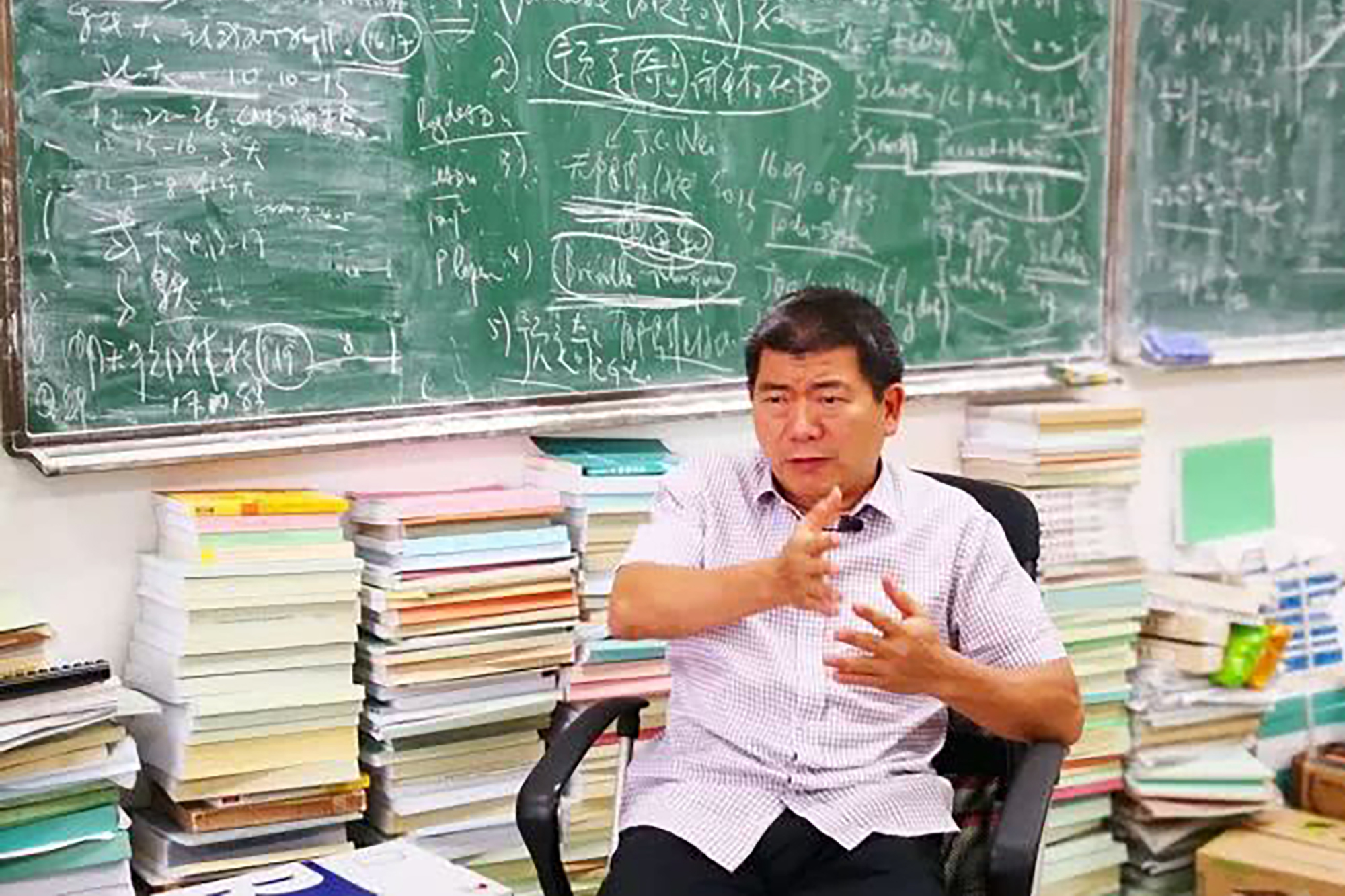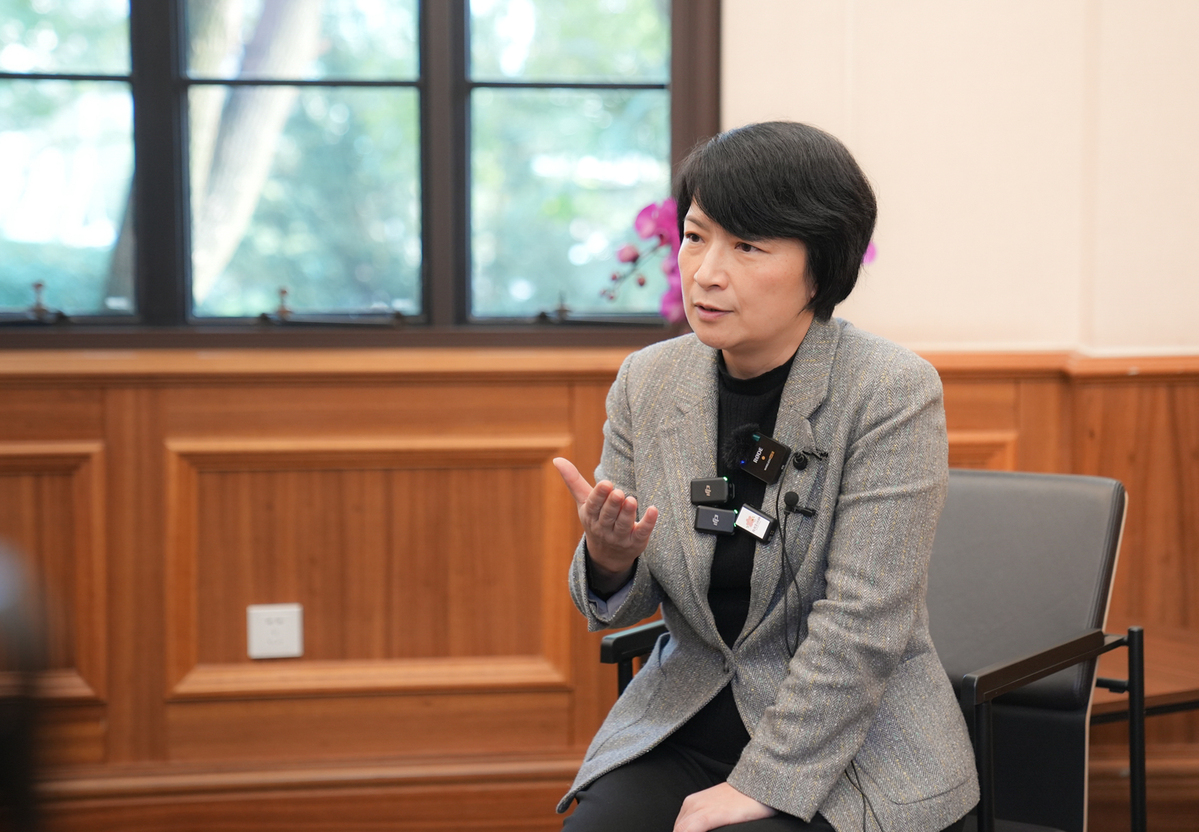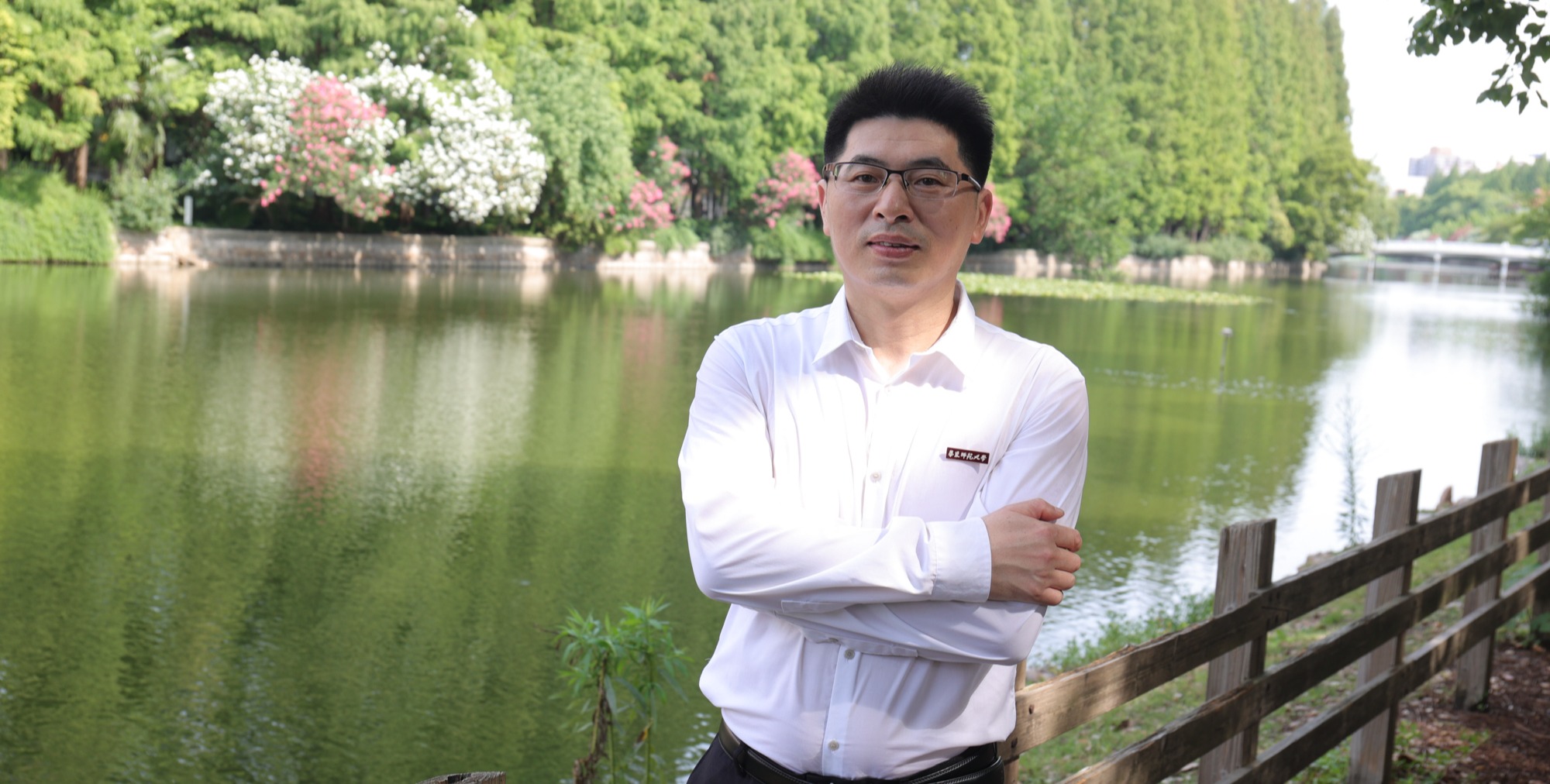The “Atia-Singer Index Theorem” established in the 1960s is considered one of the most important mathematical achievements in the 20th century. However, whether “η-invariant” has a localization formula under the group action has become a long-standing problem unsolved in the international mathematical arena.
On June 10, Liu Bo, a young researcher from the School of Mathematical Sciences, ECNU, and Prof. Ma Xiaonan, an internationally renowned mathematician from the Department of Mathematics, University of Paris, published a paper titled “Differential K-theory and localization formula for η-invariants” in Inventiones Mathematicae, an internationally prestigious mathematics journal, providing a method to solve this problem from the algebra perspective.
It took six full years to achieve this 69-page research, consisting of a research review and the development of the new theory and its application in the field of geometry.
In 2012, Liu Bo, who was still a PhD student, visited Prof. Ma Xiaonan in France. During a conversation, they discussed the possibility of a localization formula under the group reaction. “After that, I put down all the things at hand and concentrate on conquering this difficult problem. I even taught myself arithmetic, algebra and geometry from scratch, as well as many other mathematical branches such as the number theory and probability that I was unfamiliar with.” Liu Bo said. In order to study this geometry problem, he also introduced the differential K-theory, a new theory in the 21st century.

Prof. Ma Xiaonan, an internationally renowned mathematician
from the Department of Mathematics, University of Paris.
“At that time, we found a possible way to solve this problem. In the process, Liu Bo made many attempts that might have led to the settlement of the problem,” Ma Xiaonan said after the results were published. During the six years from 2012 to 2018, Liu Bo and Prof. Ma Xiaonan had maintained regular discussions on this issue, and worked out five phase-based results in succession, three of which were independently accomplished by Liu Bo.
“As the differential K-theory is a new theory that is not much utilized in China,” Liu Bo said, “we found the first geometric application of the differential K-theory this time, highlighting the value of this new theory. There should be more people using this theory to solve geometric problems that cannot be solved with geometry alone.

Liu Bo, a young researcher from the School of Mathematical Sciences, ECNU.
“During the six years, Liu Bo had grown from a student into an excellent young mathematician who finally solved this problem together with me.” Ma Xiaonan said: “It is my pleasure to have met him. I sincerely wish that I could meet with more young people as talented as him in China.”
The paper's link: https://link.springer.com/article/10.1007/s00222-020-00973-8
Source: School of Mathematical Sciences
Copy editor: Philip Nash
Edited by Siyuan Zhang


















